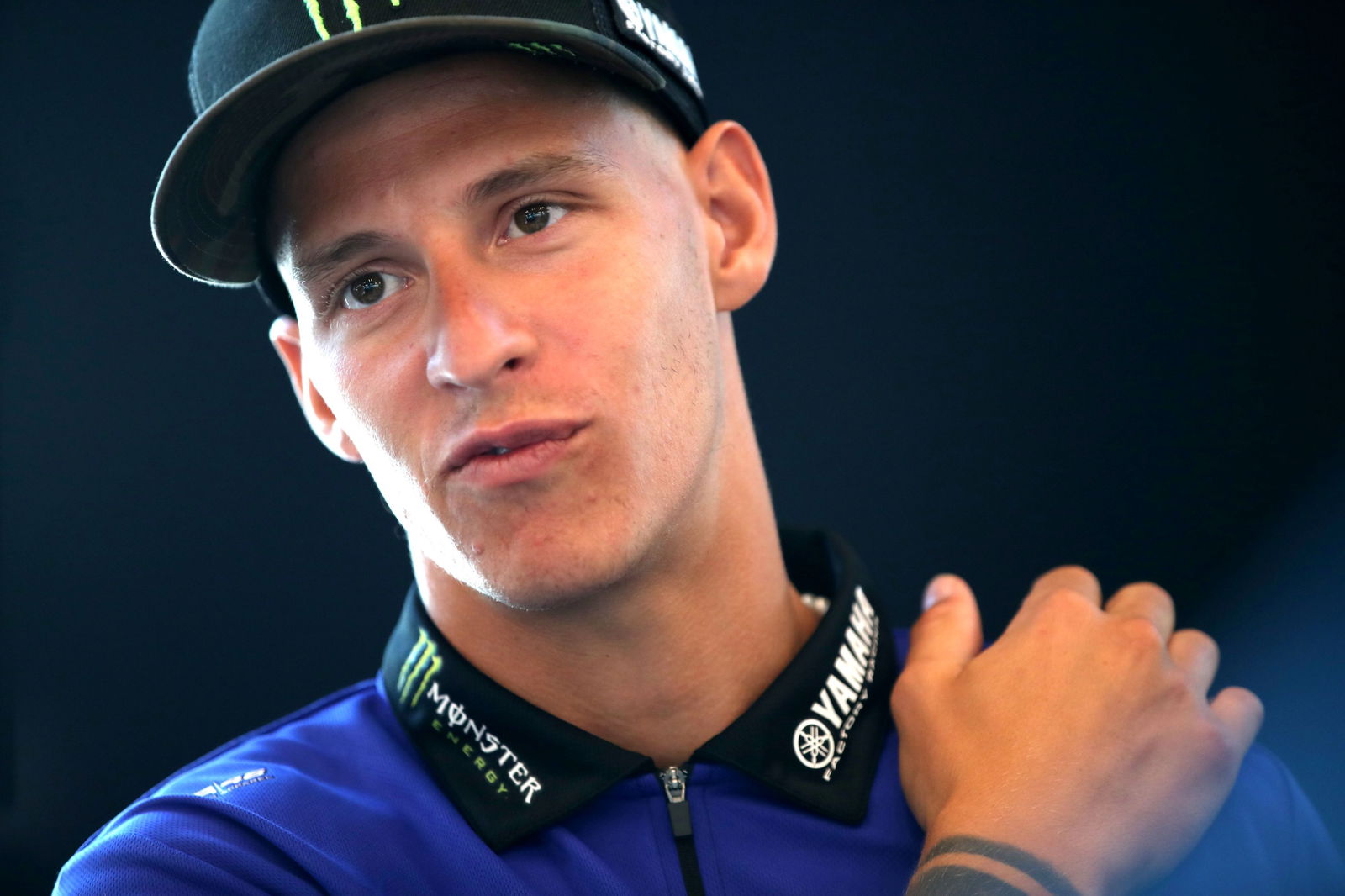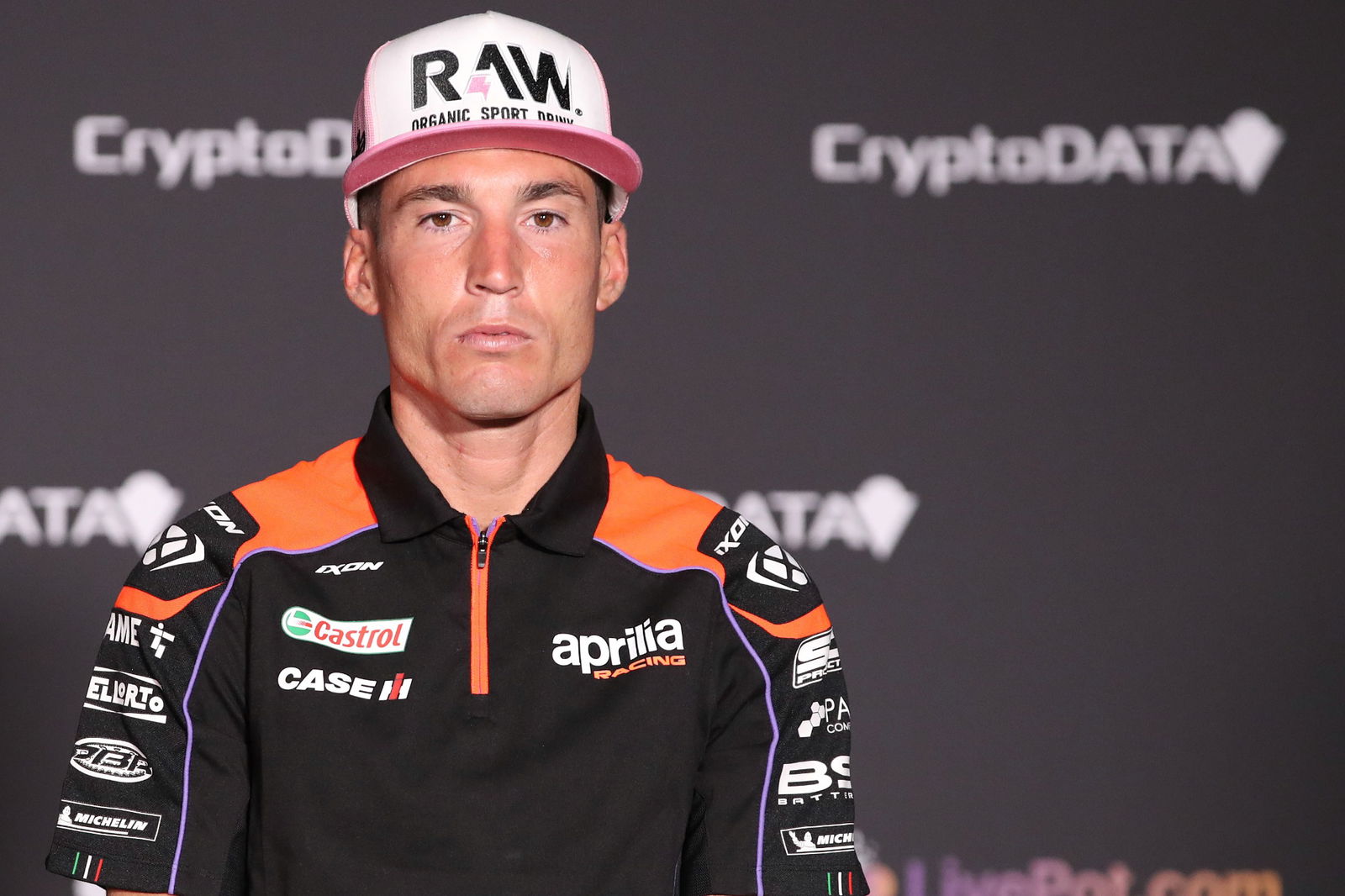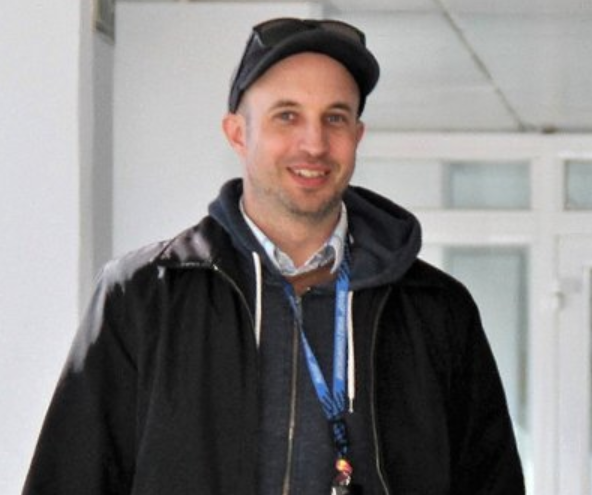MotoGP’s aero etiquette: Stay to the side, always leave clean air as you pass

To prevent turbulence from the overtaking bike robbing the other rider of vital braking downforce, Espargaro explained that it’s important not to cut across the other competitor, even if there is room to do so.
Otherwise, the sudden rush of dirty air risks ‘sucking’ the following bike into the back of the overtaking bike. Instead, the overtaking bike needs to stay to one side for as long as possible to leave clean air for the other competitor.
A similar but more predictable turbulence risk also occurs if directly following another rider into a braking zone.
Marco Bezzecchi fell last time at Silverstone after being ‘sucked in’ behind race leader Francesco Bagnaia and later said he should have kept to one side, out of the red machine’s slipstream.
- Jack Miller: ‘Fantastic’ if KTM sign a big name like Marc Marquez
- Aprilia’s carbon fibre chassis “still in its first steps”
- Red Bull Ring ‘where front tyre pressure rises the most’, ‘more critical’ for Ducati?
“This normally happens when you are braking,” Espargaro said of Bezzecchi’s loss-of-downforce situation.
“It happened to me last year in Qatar when Bastianini overtook me. He just crossed [my line], put it in front and then it's like someone is pushing you from behind, you stop braking [as efficiently] and then you go wide.
“So it's important that when we brake, especially in MotoGP today, we need to overtake and brake to the side [of the other rider]. Always leave some clean air to the guy behind.
“Because when you just pull in front of the other guy, the speed increases quite fast for the other guy. So he can hit you from behind."
Espargaro added: “I think it's a smart agreement [between the riders to leave clean air for an opponent] because if you cut the line of the rider that you are overtaking, maybe the other rider can hit you.
“Now with all these aero things it's important always to get clean air. If you are getting dirty air, you go slower but also these turbulences get quite tricky.”
The Spaniard, whose MotoGP career began without wings in 2014, feels that riders adapting in this way is a better solution than trying to ban aerodynamic technology.
“It's tricky because these manufacturers are putting a lot of effort and money into this game,” he said. “So, [if you ban wings] you are also penalising their success in their technological efforts [over] the other manufacturers. And I feel it's not fair.
“So OK, we face different problems while we are riding now, but the riders also need to find the solutions on the bike, to change lines or improve the situation when you are riding.”
"It's true that with wings [being sucked into the braking zone] is more critical now, but this is MotoGP so we must adapt," said Marc Marquez.


